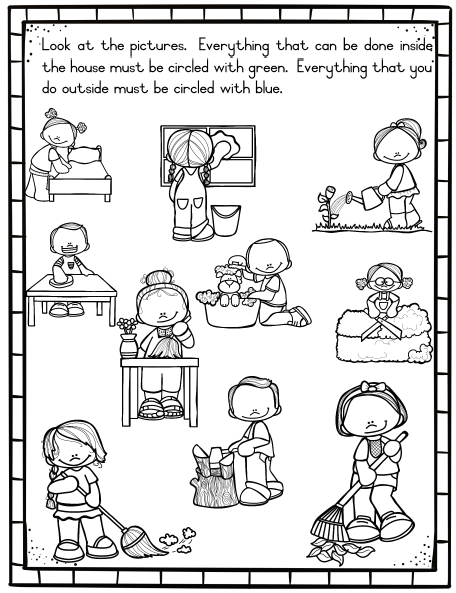

If you don’t wash your hair for a few weeks then it starts to clean itself.

In between teaching jobs, I worked as an Ofsted inspector (no hate mail please!), national in-service provider, project. Department for Education.John DabellI trained as a primary school teacher 25 years ago, starting my career in London and then I taught in a range of schools in the Midlands. Costs of selective attention: when children notice what adults miss. Teach like a champion 2.0: 62 techniques that put students on the path to college. The impact of classroom design on pupils’ learning: Final results of a holistic, multi-level analysis. Referencesīarrett, P., Davies, F., Zhang, Y., & Barrett, L. Let the pictures do the talking and the pupils do the tidying. If any sanctions are required, follow them up.Īlthough tidy classrooms take time to maintain, it’s worth it to ensure learning is as efficient as possible. If the tidying doesn’t match up to the expectations, allow for it to be corrected. To ensure it’s a collective effort and there’s no social loafing, consider where to stand and watch with eagle eyes. If it delays learning, what’s the point? Set a time limit. The aim is to make learning more efficient.

To get the whole class on board (or at least the majority), explain using a consistency script such as: “Mess and clutter make it harder to concentrate and stop your flow. Better still is that it’s quick and can’t be argued with easily. Ask: “does your table look like my picture?” It’s like spot the difference for classroom clutter.If you print them and laminate them, you can have them instantly to hand. Talking about tidying sounds a lot like nagging, so it helps that “a picture is worth a thousand words.” Take a photo of how you would like your tables or reading area or resource trays to look like. Use photos to explain your expectations.Play spot the difference with your picture and your tables.Ĭollective tidying was very chaotic in my first years of teaching, but I didn’t give my students any direction, so what did I really expect? Through embedding the following techniques in my practice, tidying is no longer a chore to dread. Throw into the mix that encouraging pupils to take responsibility for their learning space will help to reinforce a sense of collective identity ( Lemov, 2015) and the gains become justifiable. Although their time is equally precious, classes often contain 30 pupils or more which means if properly directed, the burden of tidying is significantly reduced. That’s why it’s important for the pupils to do it. In the current workload crisis, isn’t our time better spent elsewhere? Maybe. The 2016 Teacher Workload Survey ( Richards and Choudhoury, 2017) revealed that primary school teachers spend an average of 5 hours a week physically arranging their classrooms whereas secondary teachers spend 2.7 weekly hours on average. In fact, in a recent study across 157 UK classrooms, clutter was found to be a significant factor in limiting pupils’ attainment ( Barrett et al, 2015). Children are less able to ignore irrelevant visual noise ( Plebanek and Sloutsky, 2017) which means that in a messy classroom, pupils may be less likely to notice you than their paper-mountain desk. More insidious is how cluttered classrooms drain the attention of pupils. If pupils can’t find the right equipment at the right time, they’re more likely to drift off-task. Throw in flip chart paper, post-its or 2d shapes and you’re not far from burying the desk entirely.Īll this clutter leads to disjointed learning experiences. There are always pens, pencils, pencil cases, books, water bottles, rulers lying around and that’s only for run-of-the-mill lessons. It’s a good job that in most classrooms, there’s never an opportunity to leave desks empty. “If a cluttered desk is a sign of a cluttered mind, of what, then, is an empty desk a sign?” Let pictures do the talking and the pupils do the tidying. Tidy classrooms mean tidy minds but don’t do the work yourself.


 0 kommentar(er)
0 kommentar(er)
